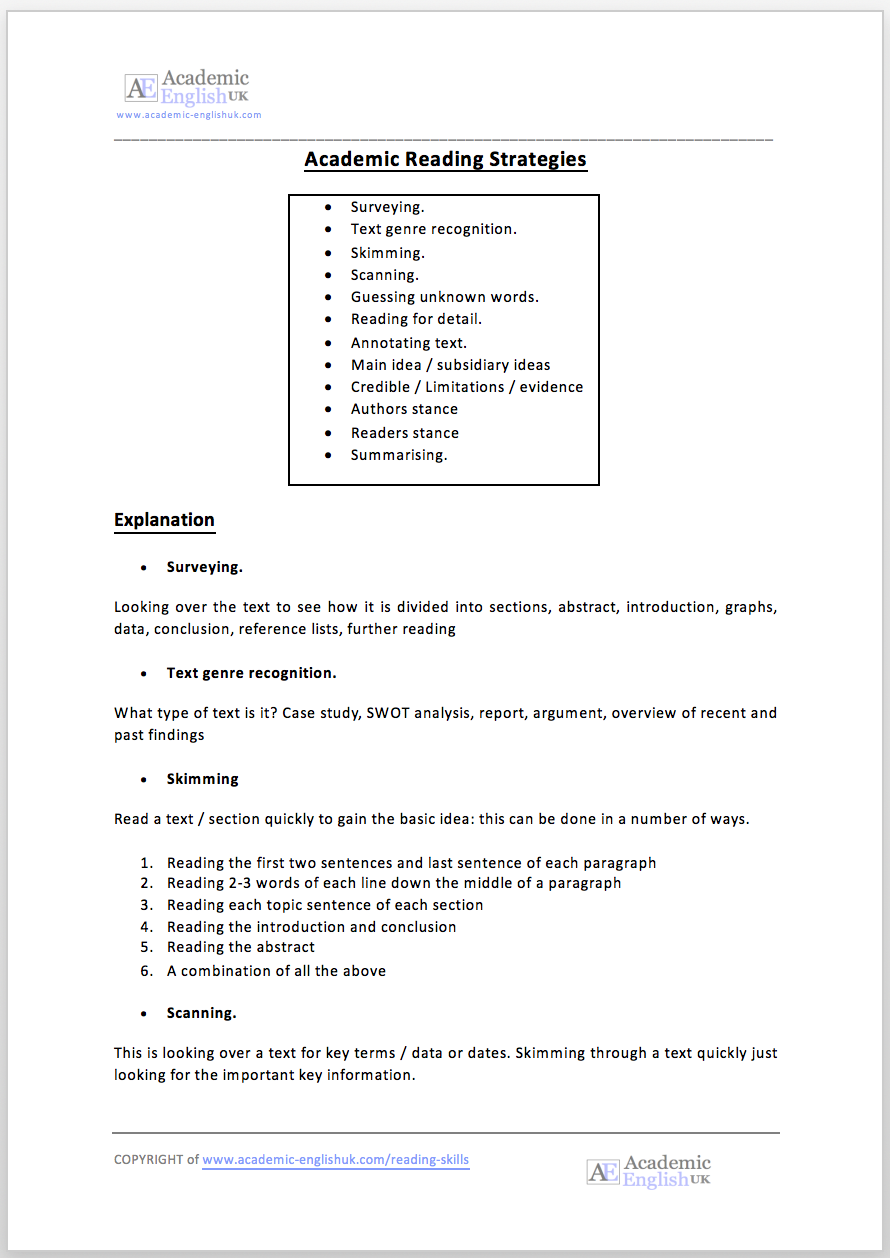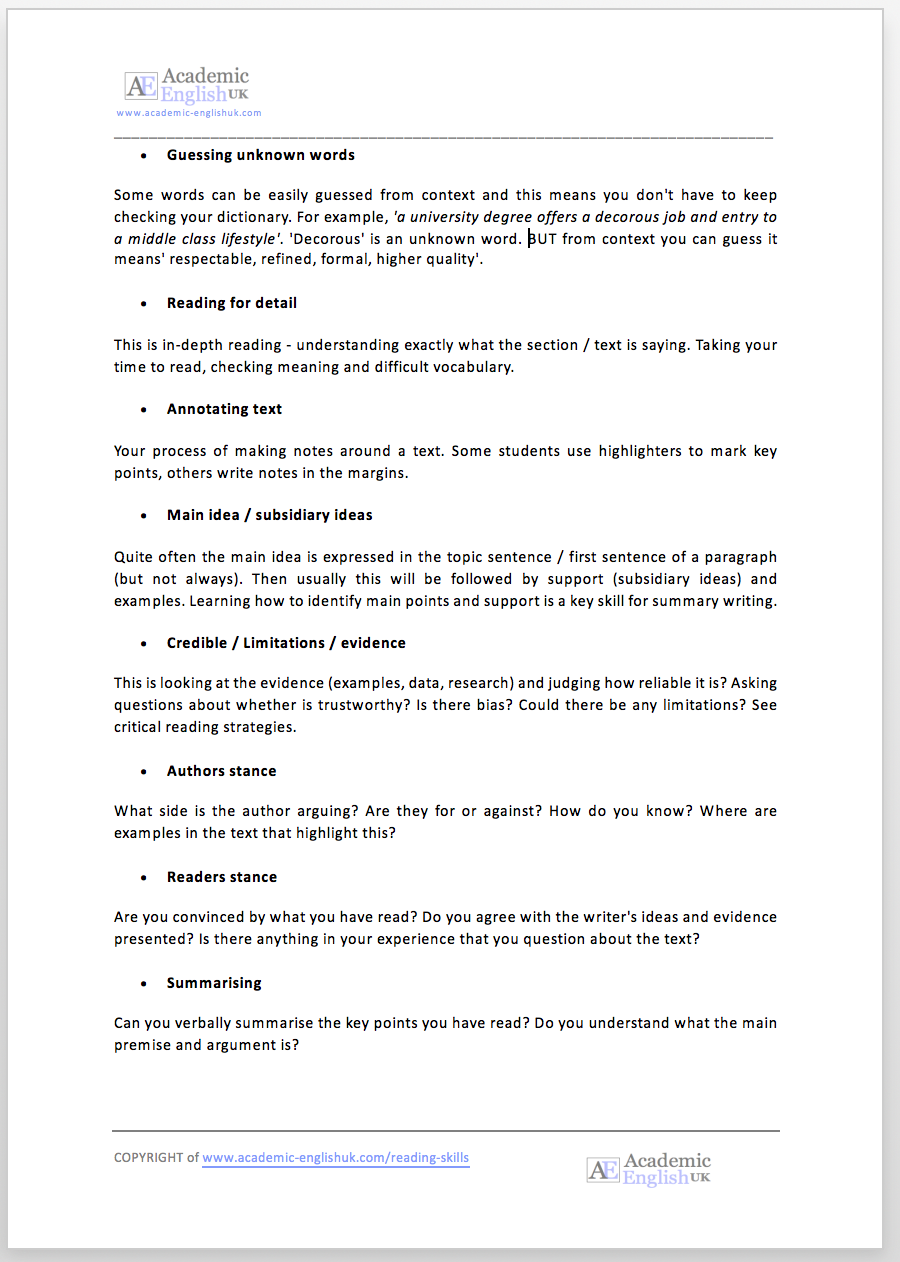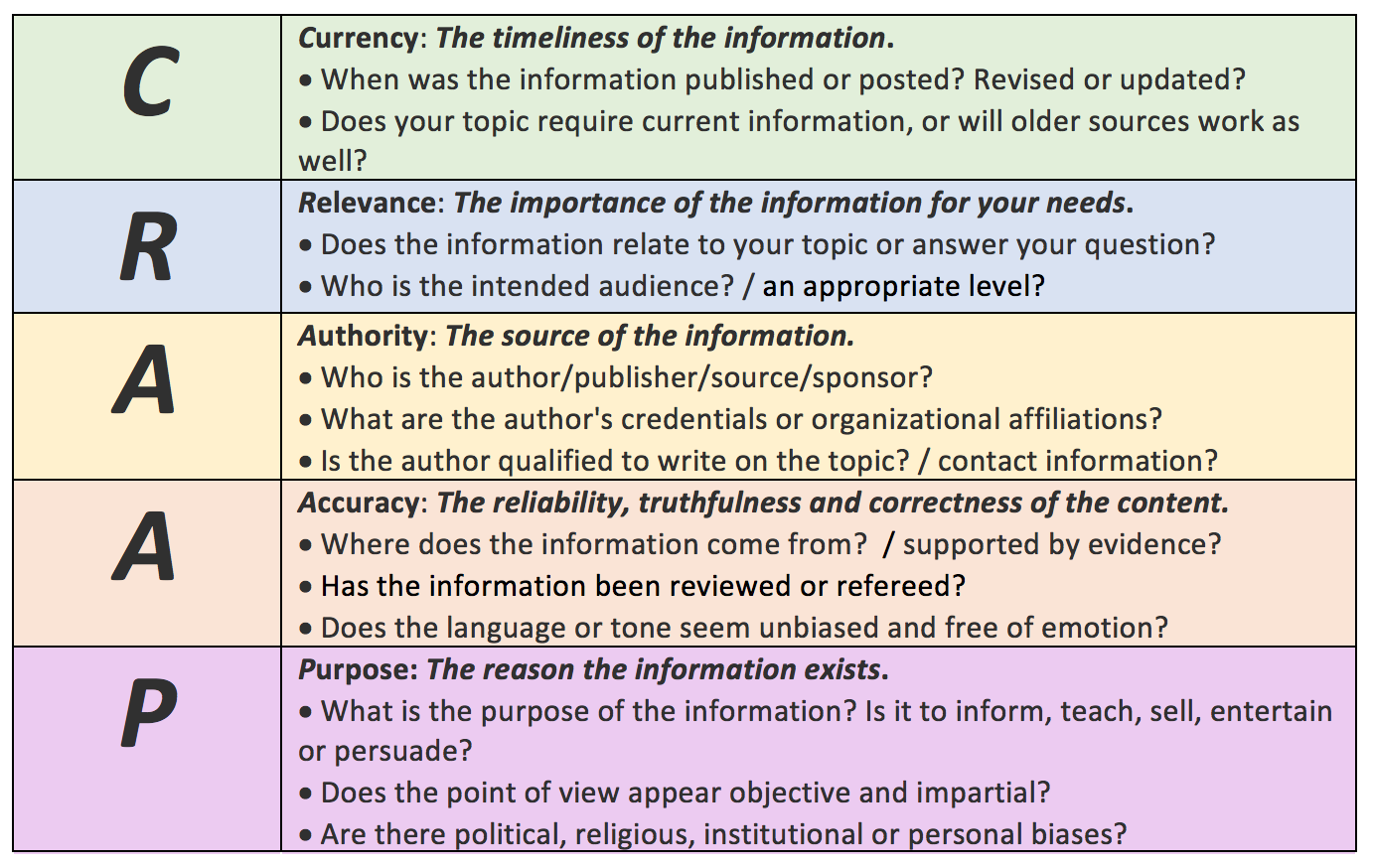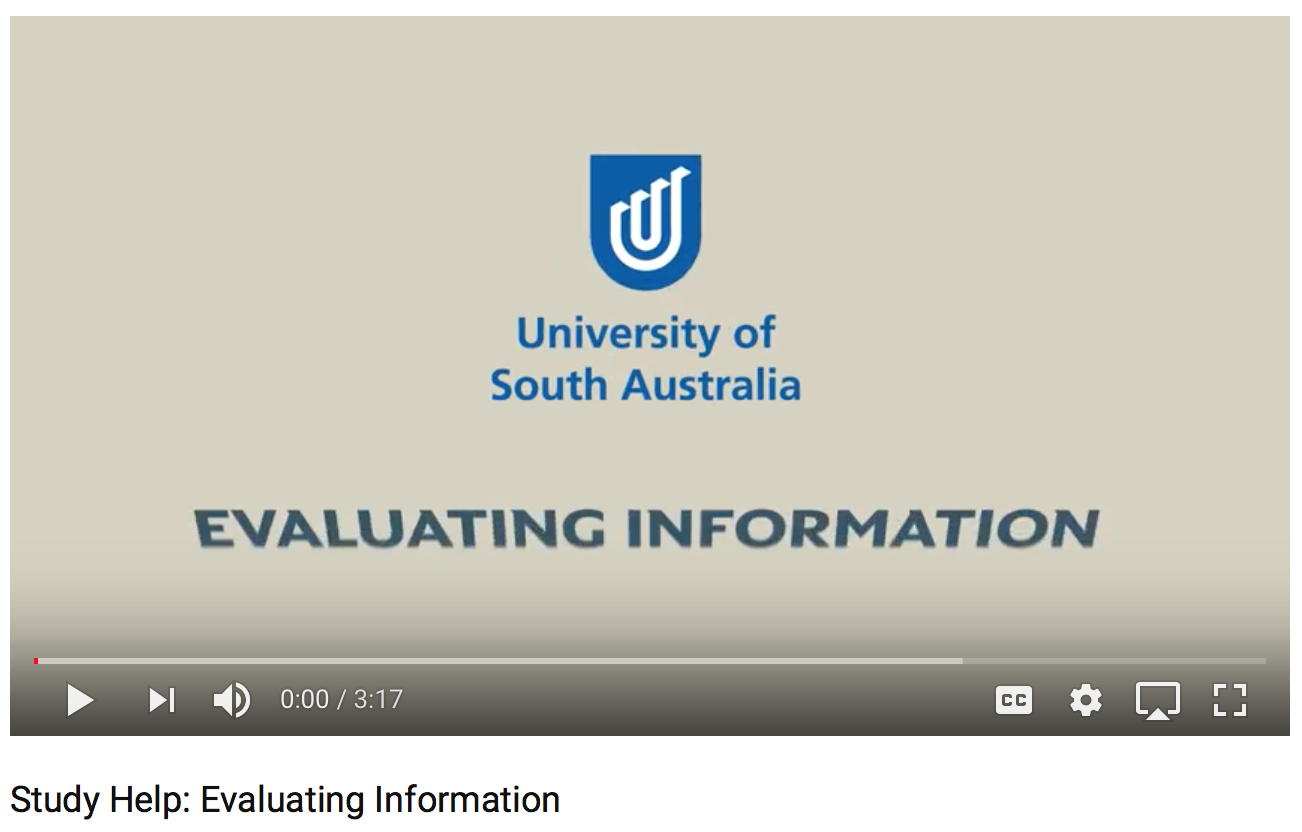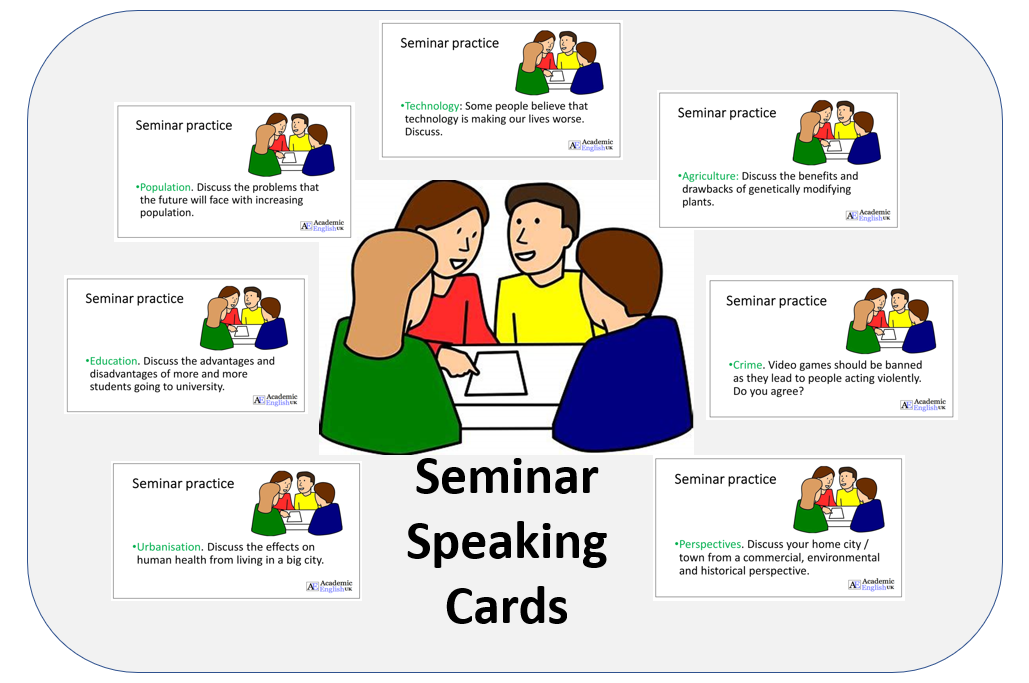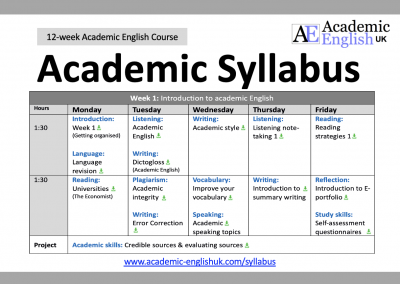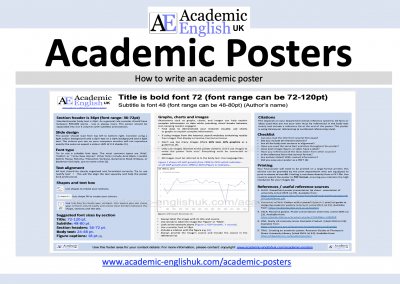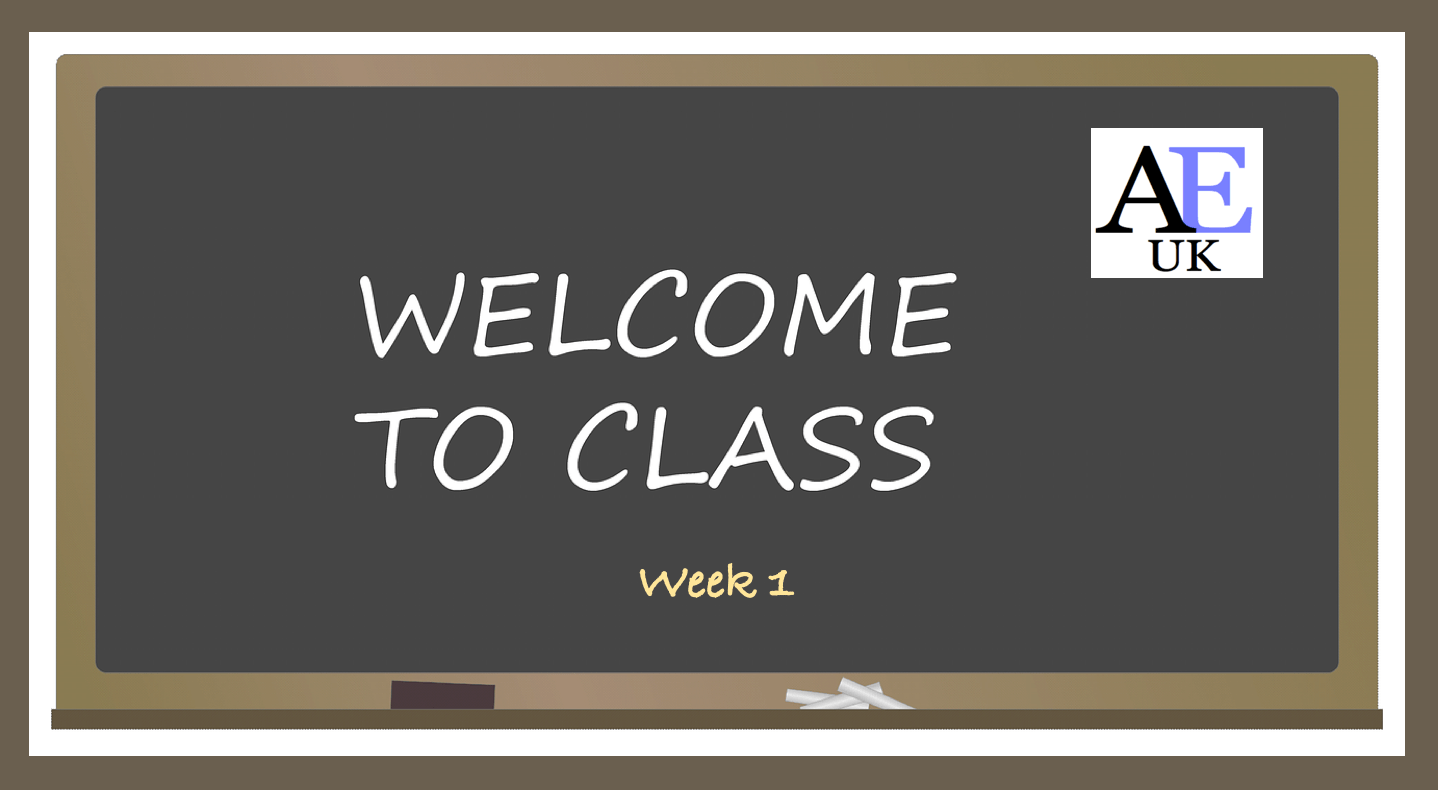
More Lesson ideas for Week 1 on an EAP Course
Here are some more lessons that should be introduced early on an EAP course. These lessons follow on from the week 1 introductory resources – go here
Week 1 Book: Introductionary lessons to EAP
This PDF book provides a number of resources suitable for the first week on an EAP course (Presessional, Foundation, or University English study courses). It includes getting organised ideas, a getting-to-know you activity, classroom questions, essential language revision, and error correction. Example. Webpage link Level ***** [B1/B2/C1] / TEACHER MEMBERSHIP
x
Dictation Activity: Dictogloss
A dictogloss is a classroom dictation activity where learners are required to construct a short text (3 sentences) by listening and taking notes, which are then used to reconstruct the text. There are many key skills used in this type of lesson; listening, note-taking, communication with other students, grammar and vocabulary development.
 Dictogloss: Academic English
Dictogloss: Academic English
What is academic English? What is generally considered academic English in skills and language. Key language areas: phrases most people agree / academic English terminology. Level: ***** [C1] TEACHER MEMBERSHIP
+
More Information and lessons: Dictogloss webpage link
What is Academic English?
A nice introduction to the main differences between academic and general English. This is a short listening from an author of a well-known EAP course book.
Listening Lesson: What is academic English?
 Academic English: How is it different?
Academic English: How is it different?
What is academic English? This lecture by Cambridge University Press discusses the key differences between Academic and General English. The listening worksheet has a variety of questions and is great introduction to understanding Academic English . Level ***** [B1/B2/C1] Video [5:20] Example / TEACHER MEMBERSHIP
x
More Information and lessons: Academic English webpage link
Writing: Academic Style
This lesson helps students identified what is generally considered academic style. It focuses on the ‘yes’ and ‘no’ in academic writing and provides a practice.
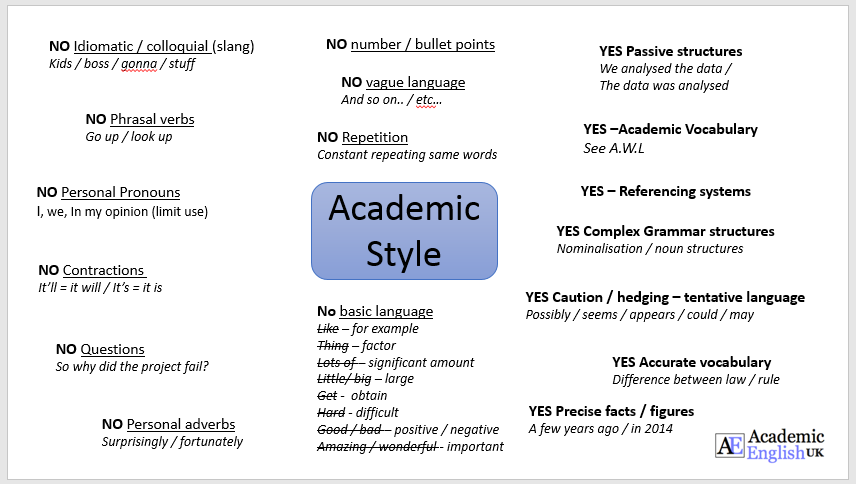
Download this image – here
Academic Style is…
… the conventions often associated this academic writing. Although there is much debate over ‘what exactly academic style is’, generally there is an agreement among ‘most’ Academic English tutors to the key elements that should or should not be included. The following is a list of the do’s and don’ts…
Academic Style: 20 key features to writing
This lesson brainstorms academic style / formality in writing. Teacher feedbacks using the visual highlighting and explaining the concepts and then there are 10x practice exercises from informal to formal. Time: 60mins Example Level ***** [B1/B2/C1] / Webpage link. / TEACHER MEMBERSHIP
More Information and lessons: Academic Style webpage link
Academic Word List
A nice introduction to the main differences between academic and general English. This is a short listening from an author of a well-known EAP course book.


 Academic Word List Lesson – Sublist 1-10
Academic Word List Lesson – Sublist 1-10
This lesson is the 10 sublists of the Academic Word List put into tables to be cut up. In small groups, students explain their word using synonyms, explanation and definition. There are lots of other activities included too. More information Level ***** [B1/B2]
x
Academic Word Formation: Sublist 1- 4
This lesson is a word formation activity. Each table contains approximately 20 verbs and students need to add the corresponding nouns and adjectives. This then follows with a contextualised sentence gap fill using these words. Good motivating activity encouraging students to use online dictionaries and help develop academic vocabulary. Time: 30mins Example Level ***** [B1/B2/C1] / TEACHER MEMBERSHIP
 Academic Word List Exercise x3
Academic Word List Exercise x3
Three more Academic Word List gap fill exercises. Great way to improve awareness of academic words and word formation Level ***** [B1/B2/C1] Example / TEACHER MEMBERSHIP.
x
More Information and lessons: Academic Vocabulary webpage link
Academic Grammar
A nice introduction to grammar tenses. It begins with a review of the twelve tenses and the following lessons focus on passive and nominalisation structures.
Tense Review (3 exercises – analysis, gap fill, speaking )
This is a great lesson to introduce / revise the English Tense structures. The 1st lesson asks students to dscuss a selection of sentences & identifying the structure / the rule of use. TGive out Tense Structure handout (here) to consolidate. The 2nd lesson is tense review gap fill and the 3rd lesson is a speaking with lots of questions using the tense structures. Level ***** [B1/B2/C1] / TEACHER MEMBERSHIP
 Academic Passive Structures / Nominalisation
Academic Passive Structures / Nominalisation
An introduction to the impersonal passive structure ‘it is said that…’ and to infinitive passive form ‘ it is claimed to be…’. Also, how to nominalise verbs to nouns to show formality in writing. This worksheets provides key information and 10 writing questions.. Level ***** [B1/B2/C1] Example / TEACHER MEMBERSHIP
 Nominalisation (verbs to nouns)
Nominalisation (verbs to nouns)
An introduction to nominalisation. This worksheet shows the basics of nominalising, practices changing verbs to nouns, and includes three exercises from guided through to free practice. Good writing practice activity with a fair amount of challenge for all levels.. Level ***** [B1/B2/C1] Example / TEACHER MEMBERSHIP
More Information and lessons: Academic Grammar webpage link
Reading Skills
A nice introduction to reading skills. The first lesson provides knowledge of all key reading skills and valuable practice. The second lesson is a reading and writing summary practice.
 Key Reading Strategies
Key Reading Strategies
Topic: Leadership & Management Styles.Use and practice a variety of reading strategies to understand how to read journal articles efficiently. 5-page worksheet on all reading strategies (scanning, skimming, genre analysis, reading for detail, summaries) & 8-page reading document [webpage]. Level ***** [B2/C1] Example / TEACHER MEMBERSHIP
AEUK does not own the rights to the Journal: Text Download
 Summary Writing: Globalisation: International Trade.
Summary Writing: Globalisation: International Trade.
The text defines the key points associated to globalization. It discusses the disparity of progression of trade between countries and highlights the integration of in-ward and out- ward looking policies. It finally points out that three key areas of international globalization are imperative for the economic growth of a country. Level ***** [B2/C1] TEACHER MEMBERSHIP
x
 Reading & Writing Argument Essay [Mergers & Acquisitions]
Reading & Writing Argument Essay [Mergers & Acquisitions]
Topic: Mergers & Acquisitions. Two short texts (included) – students read the texts, make notes of key arguments, and write a 400-600 word essay using in-text referencing and paraphrasing. Lesson includes teacher notes, outline & a model essay [webpage] . Example Level ***** [B2/C1] / TEACHER MEMBERSHIP
More Information and lessons: Academic Reading webpage link
Research Skills
A nice introduction to what is considered a credible source and how you can help train your students in identifying authoritative sources to use for their assignments.
 Reading & Research Skills: What is a credible source?
Reading & Research Skills: What is a credible source?
This lesson highlights the key components of identifying credible and reliable resources. It includes a check list on 20 different sources and students have to decide whether these are credible or not? Page link Level ***** [B1/B2]
x
The C.R.A.A.P Test – a guide to evaluating sources – UoSA
This University of South Australia video explains what is the C.R.A.A.P Test and how to use it to evaluate all types of information. This worksheet helps students to understand what is considered a ‘credible’ source and how to check this using an evaluation tool Example. Level: ***** [B2/C1] / Video [03.17] / TEACHER MEMBERSHIP
 Credible Sources: The Academic Journal Peer Review Process – NC State University
Credible Sources: The Academic Journal Peer Review Process – NC State University
This NC State university video explains how an academic scholar submits a research paper to a journal publishing company and the full process the article goes through before it is published. This listening and worksheet helps students to understand what is considered a credible source and why. Example Level: ***** [B2/C1] / Video [03.15] / Webpage link / TEACHER MEMBERSHIP
More Information and lessons: Academic Research webpage link
Speaking Skills
Lots of fun speaking lessons. From pronunciation to seminars.
Seminar Phrases Sheet: a range of standard English phrases
Suitable phrases to use for giving opinions, facts, interrupting, understanding, summarising, examples and disagreeing
x
 Seminar Speaking cards
Seminar Speaking cards
This lesson has twelve seminar topics on a variety of topics. Put students into groups of four/five. Give out a card and students have 1 minute to plan what they will say. Students then discuss the question for 10 minutes [webpage]. Use the seminar assessment criteria here Level: ***** [B1/B2/C1]
 Speaking Tasks – Analysis & Evaluation
Speaking Tasks – Analysis & Evaluation
This lessons includes six speaking task cards (halls of residence, speaking English, greener university, plagiarism, congestion, homelessness). In small groups students discuss the situation, analyse the key issues/areas and evaluate which are the most effective (see example). Level ***** [B2/C1] / TEACHER MEMBERSHIP
 ‘Designer Babies’ Seminar Discussion – 1x listening & 2x texts
‘Designer Babies’ Seminar Discussion – 1x listening & 2x texts
This is an academic seminar discussion lesson. Students take notes on a short scientific lecture and two short texts. The students use these notes to take part in a 20 minute academic seminar. Example. Use Seminar Assessment Criteria here. Level: ***** [B2/C1/C2] / Video [05.05] / TEACHER MEMBERSHIP
Describing graphs – the basics
This lesson begins labelling the key features of a graph and naming different graph / chart types. It then provides a practice to see if students can describe a range of different lines (peak, plummet, etc..). This is followed by a fun activity where in pairs students describe and plot the lines on four graphs. Example. Level: ***** [B2/C1] / TEACHER MEMBERSHIP
Describing graphs / presentation – analysis and evaluation (lesson below)
This lesson begins with describing basic graphs and suggesting what they could represent. It then provides the language necessary for describing, analysing and evaluating with a guided practice. This is followed by students researching and analysing graphs/charts/tables from the Office of National Statistics (ONS) and giving a short presentation on their findings. Example. Level: ***** [B2/C1] / TEACHER MEMBERSHIP
 Procrastination Lesson Resource Book
Procrastination Lesson Resource Book
This lesson includes three resources: A definition writing (including a dictation / dictogloss), a discussion worksheet about the causes, effects and possible solutions connected to procrastination, and a TED Talk lecture listening with comprehension questions and PPT (see example). Level ***** [B2/C1] / PowerPoint / Video [14.00] / TEACHER MEMBERSHIP
More Information and lessons:Speaking webpage link


